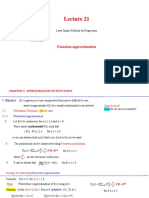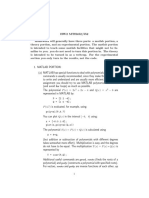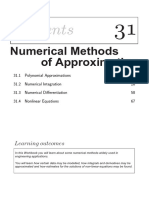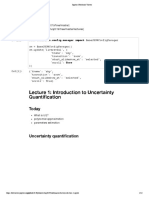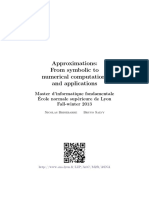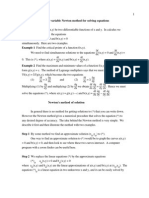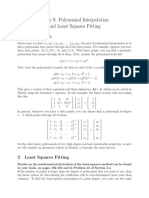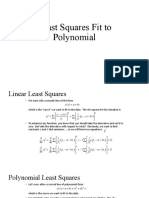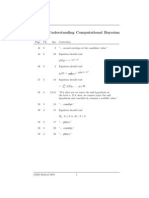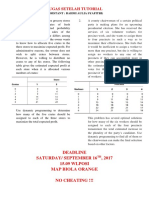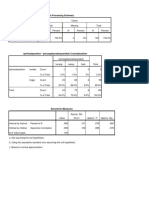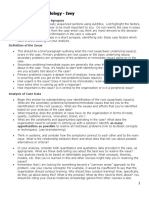0% found this document useful (0 votes)
8 views25 pages03 Approximation
The document discusses the concept of approximation, particularly in the context of fitting functions to noisy data instead of interpolating directly through data points. It outlines mathematical definitions, typical base function sets, and methods for finding coefficients using least squares minimization. Additionally, it provides examples and MATLAB code for polynomial approximation and handling nonlinear relations by transforming them into linear forms.
Uploaded by
amirjrffCopyright
© © All Rights Reserved
We take content rights seriously. If you suspect this is your content, claim it here.
Available Formats
Download as PDF, TXT or read online on Scribd
0% found this document useful (0 votes)
8 views25 pages03 Approximation
The document discusses the concept of approximation, particularly in the context of fitting functions to noisy data instead of interpolating directly through data points. It outlines mathematical definitions, typical base function sets, and methods for finding coefficients using least squares minimization. Additionally, it provides examples and MATLAB code for polynomial approximation and handling nonlinear relations by transforming them into linear forms.
Uploaded by
amirjrffCopyright
© © All Rights Reserved
We take content rights seriously. If you suspect this is your content, claim it here.
Available Formats
Download as PDF, TXT or read online on Scribd
/ 25





